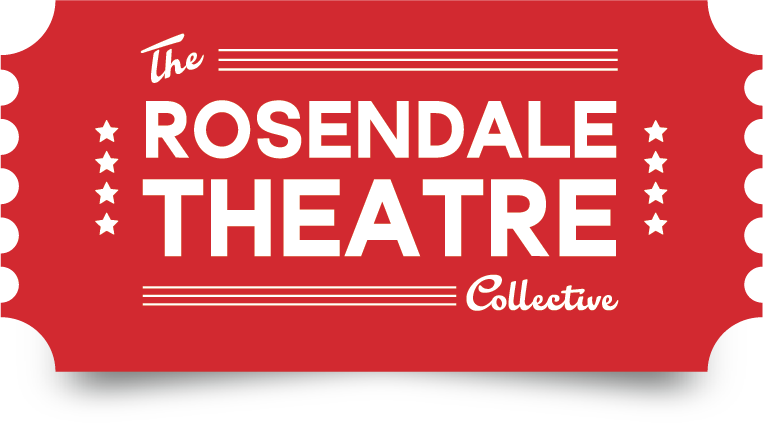2:00 pm | $6 MATINEE | With Live Accompaniment by Marta Waterman | 1919 | Drama/Crime | 50 mins
The first LGBTQ film ever made was released in Berlin, not long after the end of the Great War, and it was almost lost entirely. A silent film, filled with love, betrayal, art and suicide, ‘Different from the Others’ argued, very explicitly, that being gay was natural and that the only problem with relationships between two men were the laws that criminalized them.The film is both a scientific lecture about sexuality and the story of Paul Körner, a successful violinist, played by Conrad Veidt, and his student, Kurt Sivers. Korner and Sivers fall in love, but their relationship is marred by a blackmailer, and Sivers flees.
‘Different from the Others’ was conceived during an unusually free moment in German culture. At the end of 1918, the government had lifted all censorship of books and films, and producers Hirschfeld and Oswald, wanted to take advantage. Where the film was distributed, it filled movie houses. But in some parts of Germany, screenings were banned almost immediately or restricted to audiences of people over the age of 20. The opposition to the film was so strong (riots had broken out at some theaters) that by 1920, the parliament had reinstated censorship. ‘Different from the Others’ was quickly banned. With the rise of the Nazi party, a film like this would have been singled out for destruction; therefore, any of the 30 or 40 original copies that were still around when the Nazi Party took over are now gone. However, over the past few years, film archivists at UCLA have been working to combine that footage with photos taken from Hirschfeld’s own collection and additional stills from the movie, in order to create a version as loyal to the original as possible. This is the version we will show, overseen by Jan-Christopher Horak, now director of the UCLA Film & Television Archive and in conjuction with with Outfest, an L.A. organization that promotes LGBT films. This may be the best version of the film that can be made–unless, by chance, there’s more original footage, somewhere in the world, hidden away.
“First Landmark of LGBT Cinema” Akash Sebastian, IMDB
“Incredible Document of an important Human Rights Issue” NYLUX
“Both a fascinating time capsule and a remarkably modern cinematic plea for tolerance and change.” KinoLorber
